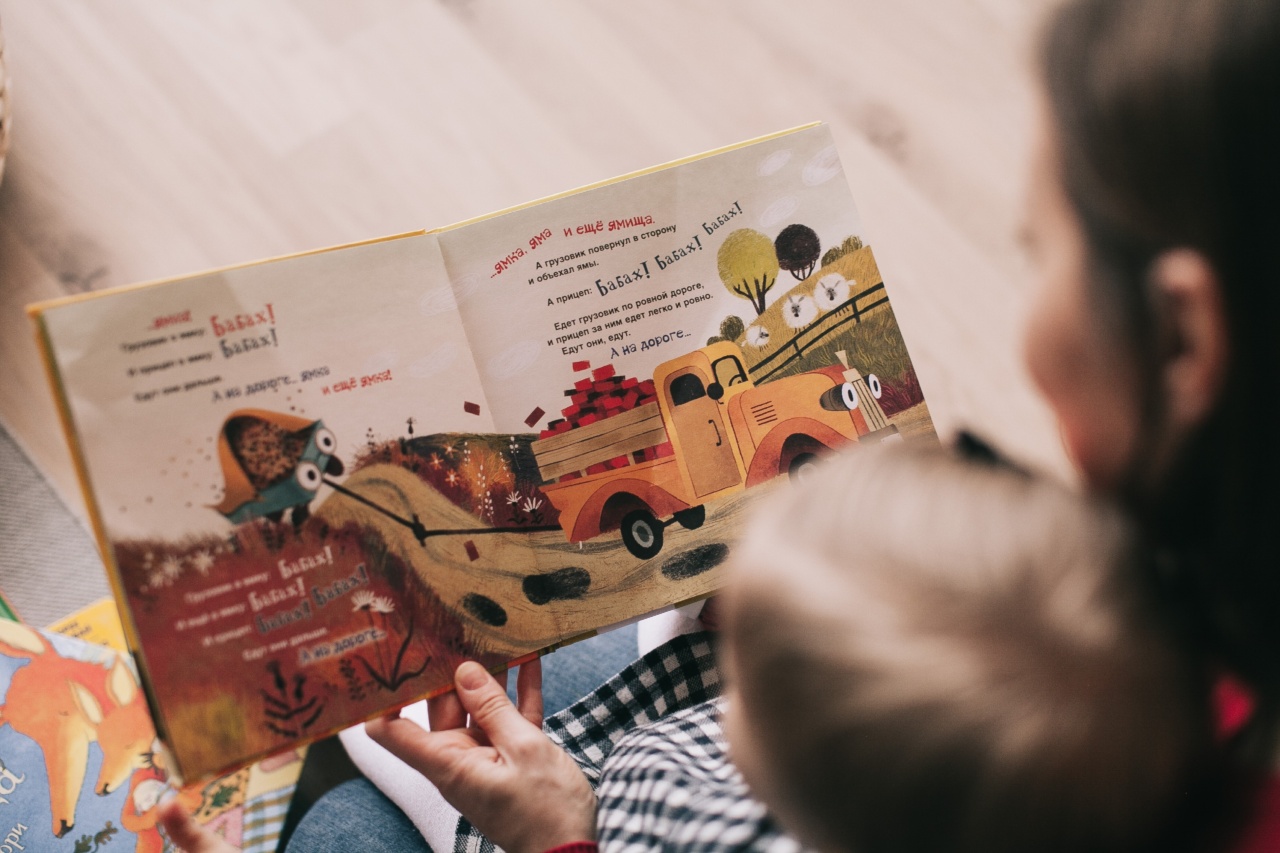Storytelling has always been a powerful mode of communication. From ancient myths to modern-day movies, stories have the ability to convey complex ideas and emotions in a simple and memorable way.
In recent years, a new approach to storytelling has emerged, known as empathic storytelling. This approach emphasizes the importance of connecting with audiences emotionally, and has been shown to be highly effective in engaging and inspiring people.
What is Empathic Storytelling?
Empathic storytelling is a storytelling technique that focuses on building a deep emotional connection with the audience.
Unlike traditional storytelling, which often emphasizes plot and character development, empathic storytelling places a greater emphasis on emotional resonance. This means that instead of simply telling a story, the storyteller seeks to create an experience that the audience can relate to on a personal level.
Empathic storytelling involves several key elements, including:.
1. Authenticity
Authenticity is essential for empathic storytelling. The storyteller must be genuine and honest in their delivery, and must be willing to share their own personal experiences and emotions.
When the audience senses that the storyteller is being authentic, they are more likely to respond emotionally and feel a deeper connection with the story.
2. Emotion
Emotion is the core of empathic storytelling. The storyteller must be able to convey the emotional essence of the story in a way that resonates with the audience. This requires a deep understanding of human emotions and a keen sense of empathy.
3. Empathy
Empathy is the ability to understand and share the feelings of another person. In empathic storytelling, the storyteller must be able to connect with the audience on a personal level, showing them that they understand their emotions and experiences.
4. Connection
Empathic storytelling seeks to create a strong connection between the storyteller and the audience.
This connection is built through the shared experience of the story, and is reinforced through the use of storytelling techniques such as imagery, pacing, and tone.
The Benefits of Empathic Storytelling
The use of empathic storytelling has several benefits, both for the audience and the storyteller.
1. Emotional Connection
Empathic storytelling creates a deep emotional connection between the audience and the story. When the audience feels a strong emotional resonance with the story, they are more likely to remember it and be inspired by it.
2. Improved Understanding
Empathic storytelling allows the audience to gain a deeper understanding of complex ideas and emotions. By presenting these ideas in a way that is relatable and understandable, the storyteller can help the audience to see things from a new perspective.
3. Increased Engagement
Empathic storytelling is highly engaging. By creating a meaningful connection between the audience and the story, the storyteller can capture the audience’s attention and keep them engaged throughout the entire story.
4. Authenticity and Trust
Empathic storytelling requires the storyteller to be authentic and honest. By sharing their own personal experiences and emotions, they can build trust with the audience and create a lasting impression.
Examples of Empathic Storytelling
There are many examples of empathic storytelling in popular media.
One of the most well-known examples is the Pixar film “Up.” The opening sequence of the film, which tells the story of the main character’s life with his wife, is a masterclass in empathic storytelling. By using subtle visual cues and a slow, melancholy tone, the filmmakers are able to convey the emotional essence of the story and create a deep emotional connection with the audience.
Another example of empathic storytelling is the “This Girl Can” campaign, which was launched by Sport England in 2015.
The campaign features real women of all shapes and sizes engaging in physical activity, accompanied by the tagline “I jiggle, therefore I am.” By celebrating the diverse bodies and experiences of real women, the campaign creates a powerful message of inclusivity and empowerment.
Conclusion
Empathic storytelling is a powerful tool for engaging and inspiring audiences. By building a deep emotional connection with the audience, storytellers can create stories that resonate on a personal and meaningful level.
Whether it’s a movie, a marketing campaign, or a personal anecdote, empathic storytelling is a technique that can be applied in a wide range of contexts, and is sure to leave a lasting impact.


























